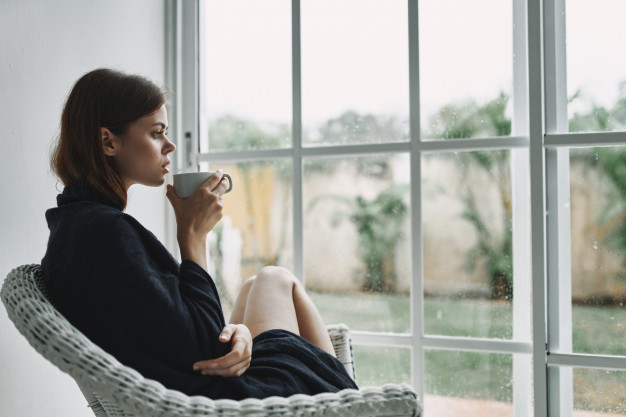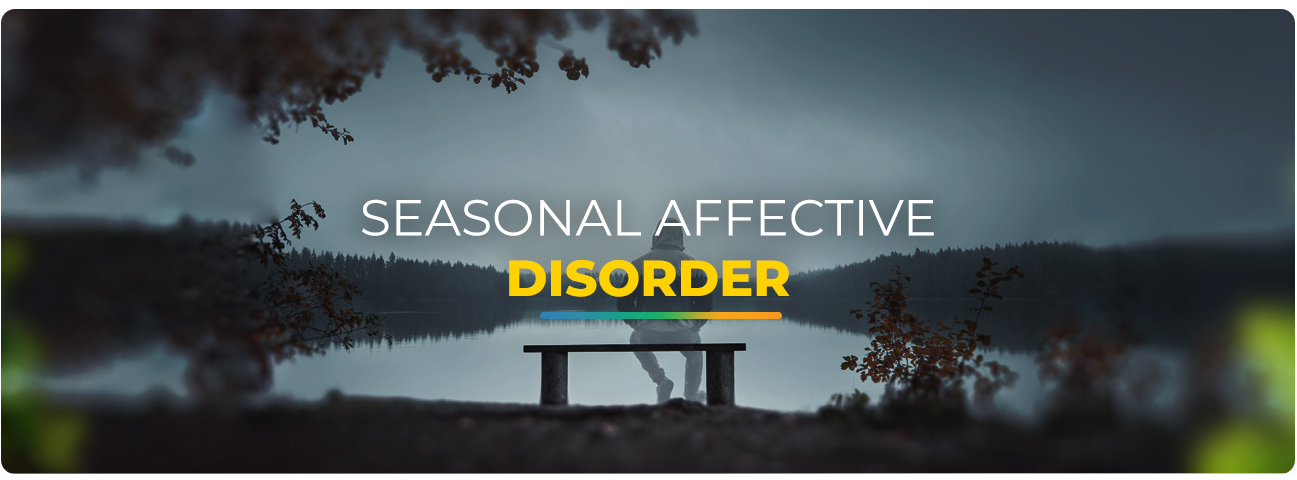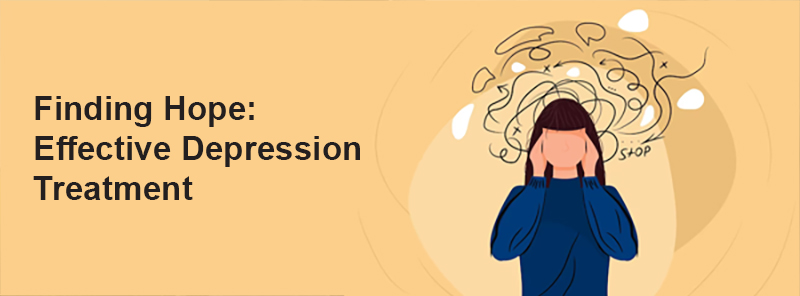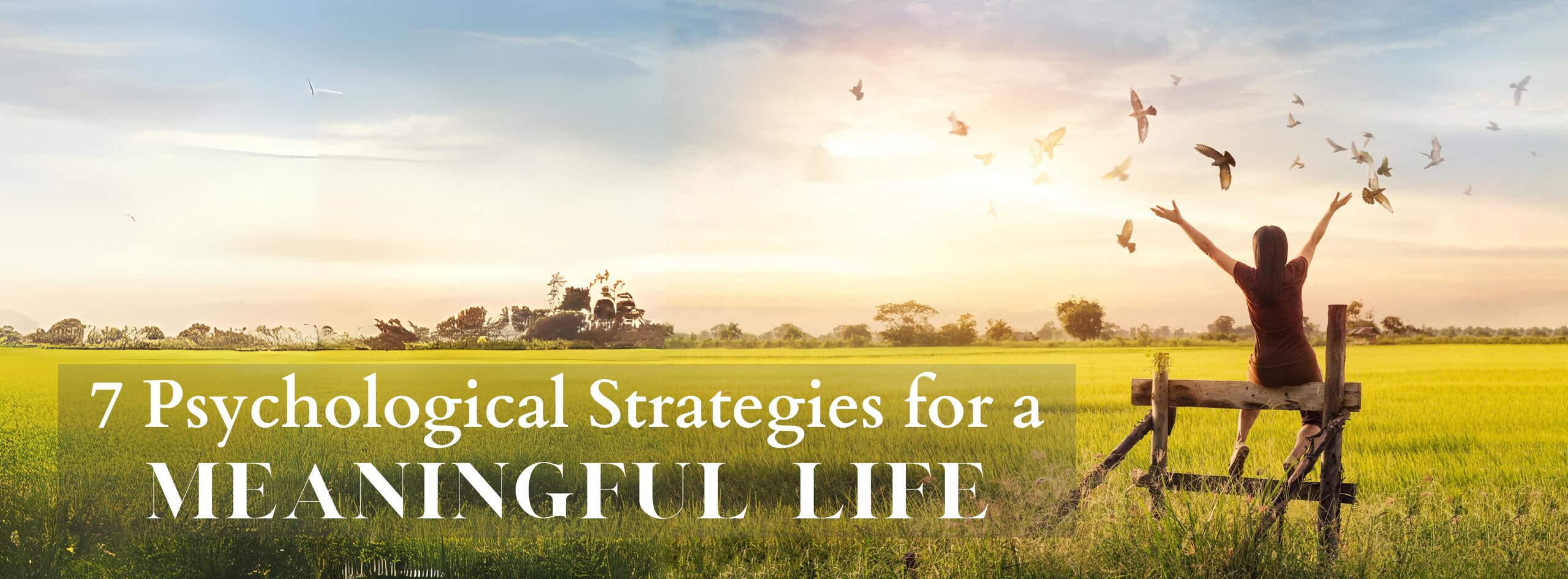Whether you woke up grumpy on a hot, summer day or hoped for a day off during the monsoons, you are aware that temperature affects how you feel. Research suggests heat impacts aggression level, gloomy weather induces depression, and spring is a season of kindness and empathy. Today, we are talking about Seasonal Affective Disorder.

What is it?

Seasonal Affective Disorder (SAD) is a mood disorder that takes place every year, at the same time. This psychological condition has a seasonal pattern and results in depression. It is a condition that needs immediate medical intervention. Seasonal depression is common in colder countries where there is a lack of sun and daylight. However, research tells a different story. SAD cannot be ruled out in countries like India based on the weather alone. It’s more likely affects women than men and the youth and is a legitimate mental health issue that affects 40 per cent of an individual’s year.
Causes and Symptoms

The decreased day time and sunlight in fall and winter cause a winter-onset depression. The lack of sunlight disrupts the body’s internal clock. The cause of SAD is believed to be due to the overproduction of melatonin during winter, leading to sleepiness, lack of motivation, and fatigue. Exposure to sunlight leads to an increase in serotonin, associated with uplifting one’s mood and help them feel calm.

The signs and symptoms of SAD, much like the depression are as follows:
Feeling low.
Unmotivated and fatigue.
Running low on energy.
Focus and concentration issues.
Self-worth issues.
Fluctuations in weight.
Contemplating self-harm and suicide.
Treatment options

Due to the nature of the disorder, phototherapy is the most recommended medical treatment. It involves the exposure of a patient to sources of light twenty times brighter than the regular light setting. It has proven effective in eighty per cent of the SAD cases. A licenced medical professional must perform this treatment. Pharmacology and psychotherapy are also other treatment options available. Supplements for Vitamin D, anti-depressants are generally prescribed after consultation.
What precautions can you take?

Foggy winter months with little or no sunshine are around the corner, particularly for those of us living in North India & hilly regions, elsewhere. The chances of developing symptoms of SAD are likely to increase. Some simple steps can keep these seasonal symptoms of depression away –
Eat a balanced, nutritious diet.
Exercise regularly. Even a 30 mins walk can make a difference. Your body releases endorphins that trigger positive feelings.
Staying in touch with loved ones.
Get some sunshine! Going out to run errands or exercise during daytime when there is light out could also help.
It’s never a good idea to wait until symptoms develop to make changes. With these simple choices, you likely can reduce the chances of being affected by SAD. With colder, cosier weather approaching, it’s always better to be prepared. For prevention is better than cure.




